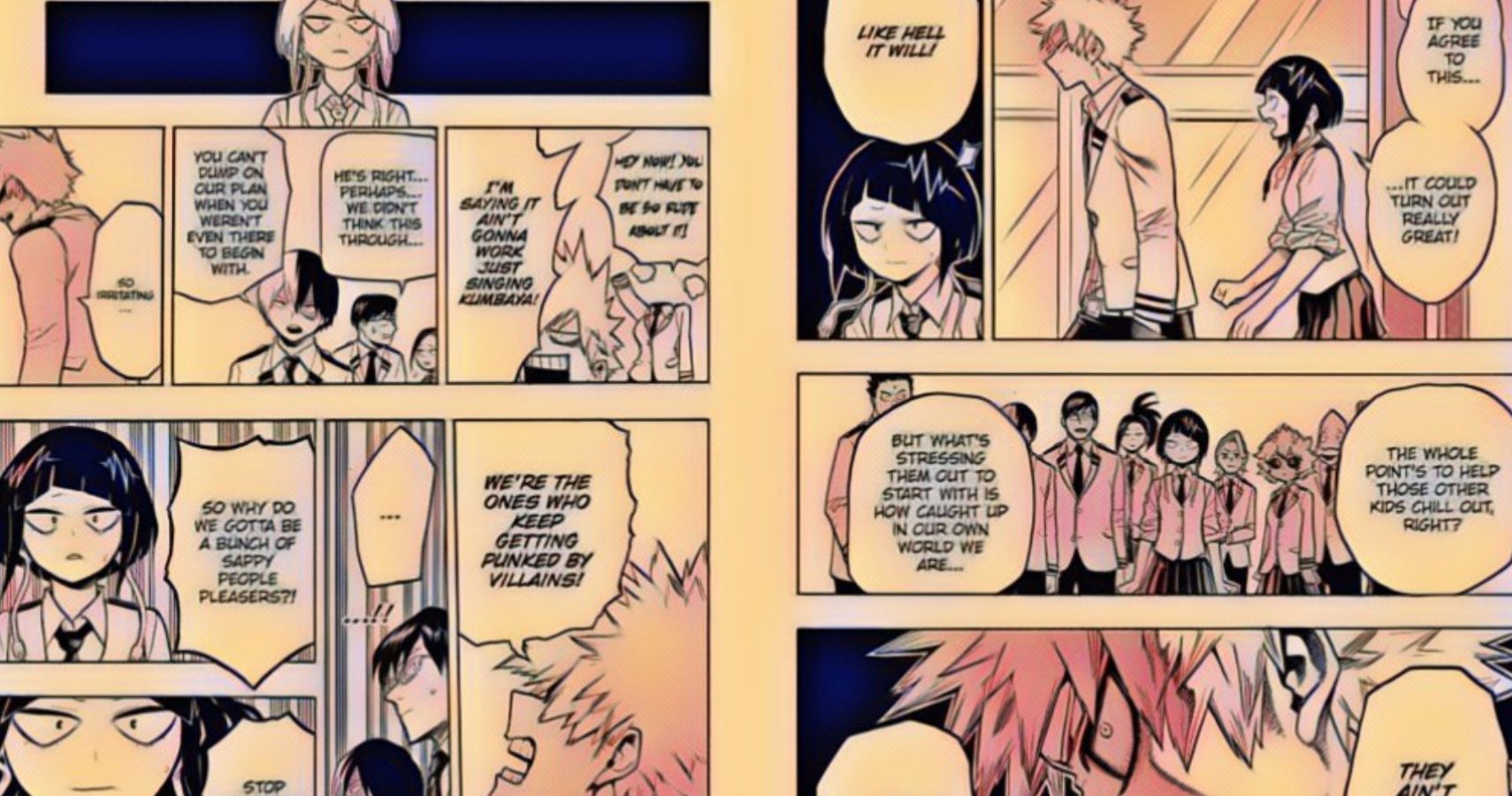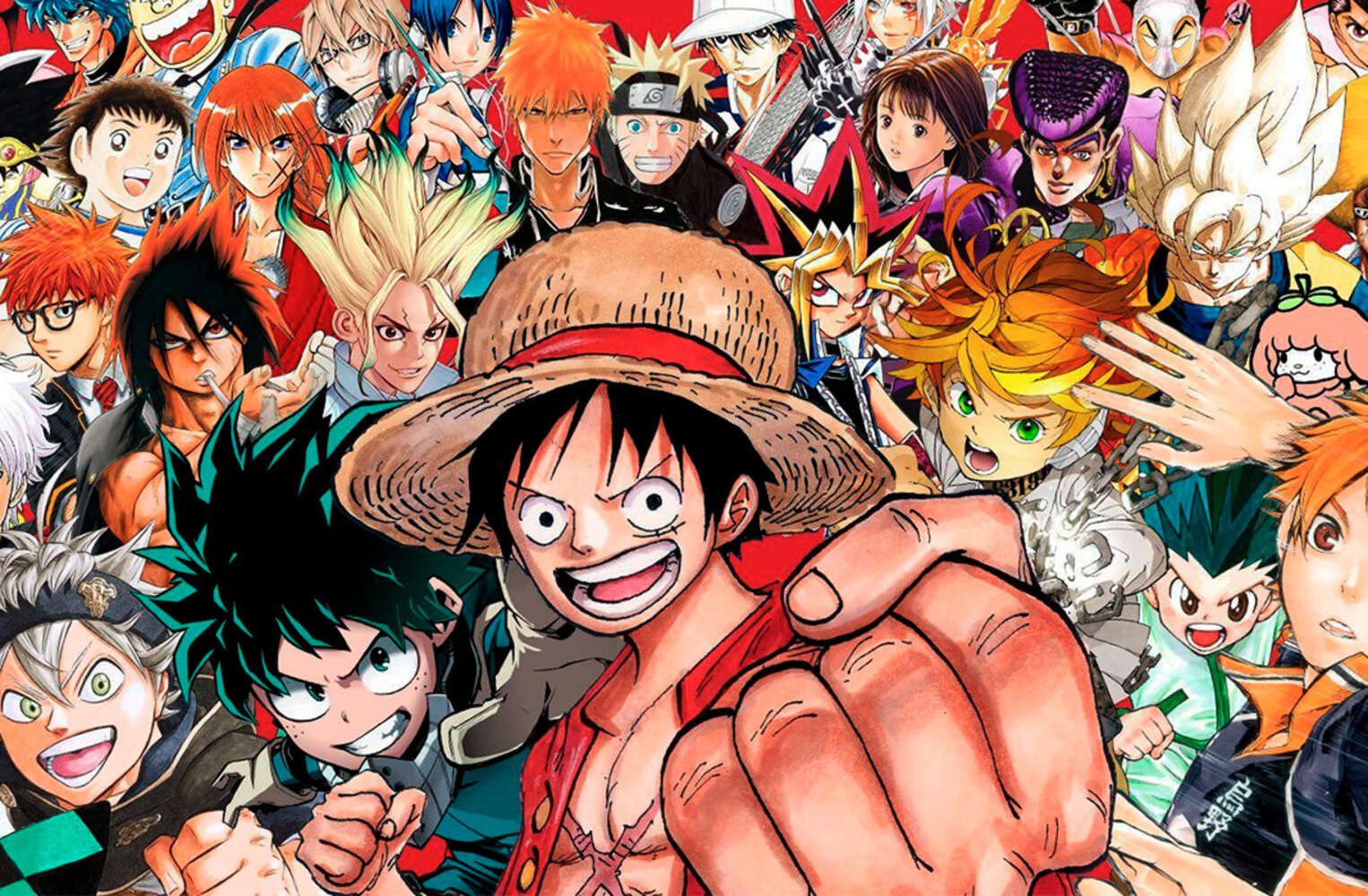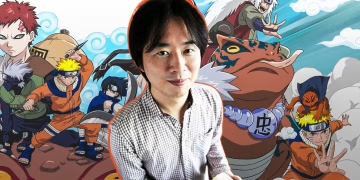A manga is a comic book originating in Japan that conforms to a style developed in the late 19th century, and the form has a long history in earlier Japanese art. Manga refers to both comics and cartooning in Japan. Outside of Japan, the term is usually used to describe comics published in Japan. It is common for manga stories to be printed in black and white due to time constraints, artistic reasons (as the color might diminish the impact of the artwork), and to keep printing costs low. However, some manga is printed in color (e.g., Colorful). Many manga stories are told in a single episode in large manga magazines, often continuing in the next issue. Collected chapters are published in tankōbon volumes, frequently but not exclusively in paperback.
One question that may arise in the mind of someone who has recently begun reading manga is why manga is read from left to right. To answer that question, we must first define manga. Manga is a type of graphic novel based on Japanese culture. It is well-liked by both children and adults. Even people who are not manga fans are familiar with popular manga such as One Piece, Naruto, and Dragon Ball. Hence, it is no longer surprising that some publishers or companies offer English versions of the mangas so that international fans can enjoy them. Viz Media and Crunchyroll offer tons of manga for sale or to read online, so fans now have the option of buying manga or reading manga online.
Why is Manga Right to Left in Terms of Reading?
It is because Japanese writing follows Tategaki, a method for writing used in Japanese literature. This format starts on the right side of the page and proceeds leftward. Because manga is primarily aimed at Japanese fans, the artist follows the natural way of writing. The panels are also made from right to left so that even the pages are suited for that purpose. Publishers sometimes flip the pages to accommodate English readers, but most of the time, it can result in minor changes to the story, mostly the art. In light of this, many publishers have maintained the original manga format.

Newcomers to the manga world should keep in mind that the best way to read it is from right to left, as well as from top to bottom. This way, they will not be confused about what is happening and they will be able to avoid spoilers. The format of a manga is not the only thing to consider when reading one. It is also possible for artists to add symbols to further explain the moods of characters, such as sadness, exhaustion, or anger. Even the speech bubbles have different shapes to emphasize the characters’ feelings.
Why Format Doesn’t Change When it Goes Stateside?
There is a question some of you readers are asking right now and one we feel is somewhat justified. If reading manga is done differently in Japan, then why does it not follow our way of reading in America? This question will have two answers, and you may realize how obvious they are after doing some reflection. It costs a lot of money to translate manga into any language, whether it be English or Spanish, and the first answer comes from cost efficiency. Manga isn’t an inexpensive medium to make and to get it translated officially into any language, whether it’s English or Spanish, requires a lot of effort and money. There are different rates for languages you can find online, and while it may seem cheap that a single word costs only a few cents, imagine now that there are 20’000 words, and do the math. This is a considerable sum, and that’s not even counting the cost of redoing the artwork to fit the English language, which will only rise in cost.

One reason some people might be angry at manga switching from its right to left format is not just the insane cost associated with bringing it to the west or any country for that matter. You know that the anime community loves to get into heated debates about which is better if you’ve ever watched anime in dub or sub. While we love both equally, we understand the arguments on both sides, especially that sub is superior to dub. Whenever a manga is translated into a different language, it must be changed to conform to the culture of the new language, and if you changed the manga format to accommodate our English reading habits, the panels and images would also have to be moved. It would take a lot of time and effort, and honestly, it would also cost money, but it would mean changing the original themes of manga and it would be cruel to fans. Manga fans, just like anime fans, agree that the best way to enjoy anything from Japan is to keep it in its original form.
Also Read: What Chapter Does Arthur Die In Seven Deadly Sins?




